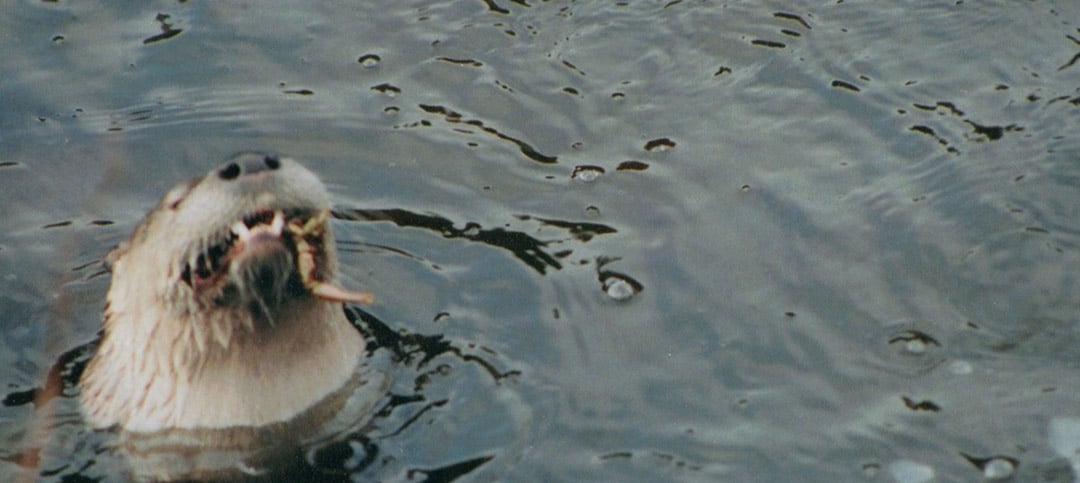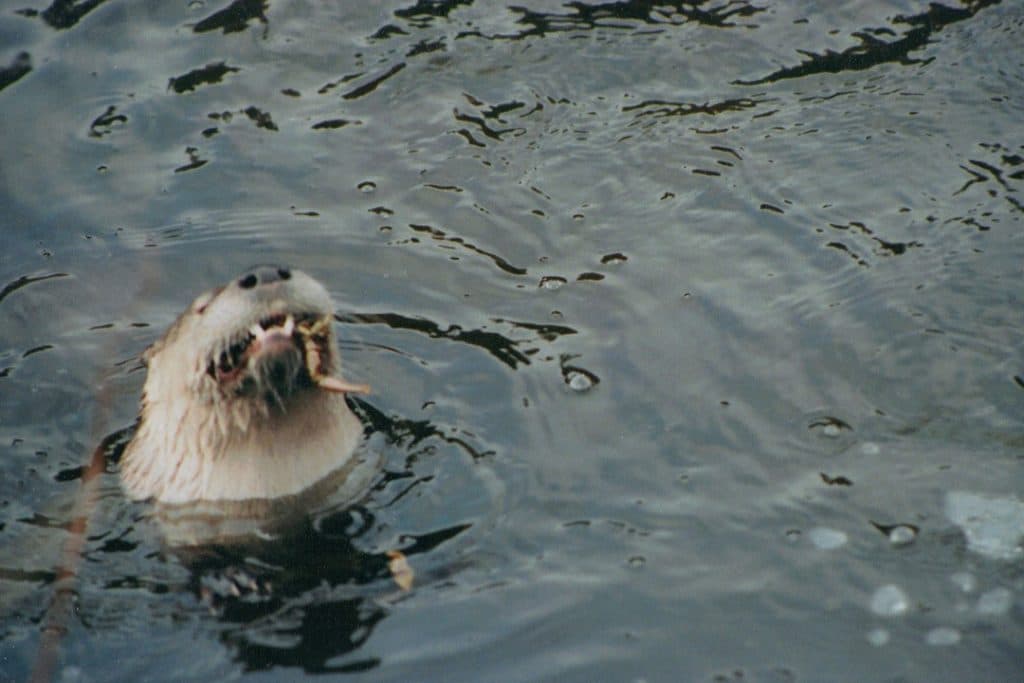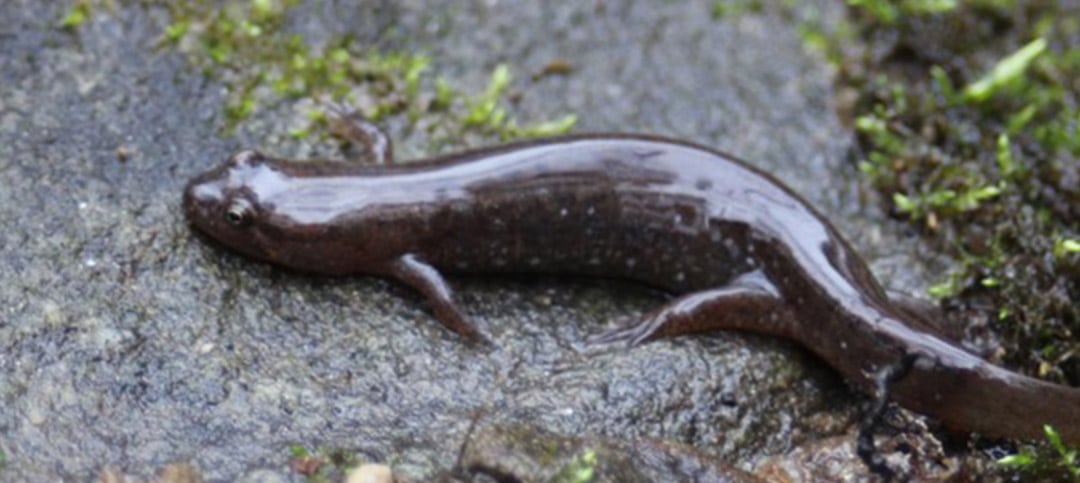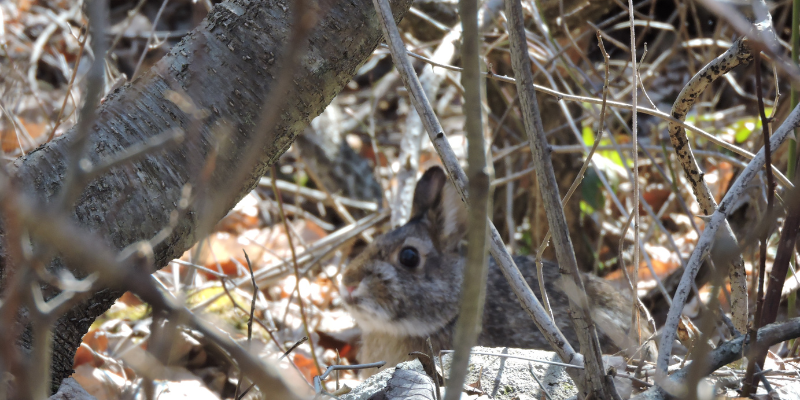Newsletter Subscription
Latest News
MOBILE MUSTELIDS

A winter’s day awakens with a burnt salmon sunrise engulfing the horizon and a fresh snow blanketing the landscape. A frigid breeze rattles frozen limbs. You pull up the sheets and pity all wildlife, for they must be hunkered down in coniferous stands, reserving stores or hibernating, but that is not always the case. Weasels, which belong to family Mustelidae, do not hibernate and some are active even on days like this.
The river otter has also slept in, taking comfort in the reclaimed beaver lodge built into a bank of the Shepaug River. In summer, arousal time would be in the dead of night, but is now early morning. Just upstream is a slow, deep pool where breakfast resides. The otter slips out one of many den entrances, flexes its body while slinking across the ice, and slides on its belly into the river. Water rolls off guard hairs and dense, oily underfur. Valvular ears and nostrils are closed. Webbed feet, powerful legs, and a tapered tail propel the submarine weasel to a debris jam at the pool’s tail. Long whiskers detect movement and a mature white sucker is flushed. Swimming in bursts, the otter easily intercepts the sluggish fish. A feast like this must be thoroughly enjoyed on land (or atop a debris jam), starting with the head and working down, as opposed to smaller fare, which can be consumed in the water.

River otters aren’t nearly as well equipped for locomotion on land as water, but they are still highly mobile, loping through watersheds and across drainages. Although family groups travel drastically less in winter than the rest of the year, the presence of snow and their desire to slide allows for an extension of foraging range. Breeding season for river otters has begun and soon you may see tracks of an expectant female that set off in search of a den to give birth in spring.




